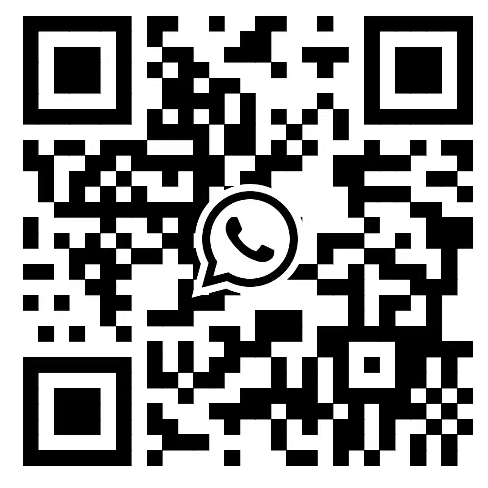Choosing the Right Fireball Tool Fixture Table
This comprehensive guide helps you select the perfect fireball tool fixture table for your specific needs. We explore various factors to consider, including size, material, functionality, and compatibility with your existing equipment. Learn about different types of tables, their pros and cons, and how to ensure a safe and efficient workspace.
Understanding Fireball Tool Fixture Tables
A fireball tool fixture table is a crucial component in many manufacturing and industrial settings. It provides a stable and organized platform for securely holding and manipulating tools, components, and workpieces during various processes. The term fireball often refers to a specific type of tooling or a manufacturing process; understanding its context within your application is key to selecting the right table. The stability and functionality of the table directly impacts productivity, precision, and safety. The choice depends heavily on the size and weight of your tools and the specific tasks involved. For instance, heavy-duty applications require robust tables built from durable materials like steel, while lighter applications might benefit from aluminum alternatives.
Factors to Consider When Choosing a Fireball Tool Fixture Table
Size and Capacity
The dimensions of your fireball tool fixture table should accommodate your tooling and workspace requirements comfortably. Consider the size and weight of the heaviest tools you’ll be using, and ensure the table has a sufficient load capacity. Overloading the table can lead to instability and potential accidents. Measure your workspace to determine the ideal table size, leaving enough room for movement and access.
Material and Durability
The material of the fireball tool fixture table is crucial for its longevity and performance. Steel tables are exceptionally durable and can withstand heavy loads, making them suitable for demanding applications. Aluminum tables offer a lighter alternative, while still providing sufficient strength for many tasks. Consider the environmental conditions in your workspace. Some materials may be more resistant to corrosion or other environmental factors than others.
Adjustability and Features
Some fireball tool fixture tables offer adjustable features, such as height adjustment or tilting capabilities, enhancing flexibility and ergonomics. Look for features that improve organization, such as integrated drawers, tool holders, or mounting points for additional accessories. These features can significantly improve efficiency and workflow.
Compatibility with Existing Equipment
Before purchasing, verify that the fireball tool fixture table is compatible with your existing equipment and tooling. Consider the table’s mounting holes, surface type, and overall design to ensure a seamless integration into your workspace. Incompatible tables can lead to inefficient workflows and safety hazards.
Types of Fireball Tool Fixture Tables
There’s a wide variety of fireball tool fixture tables available, each designed for specific applications. Some common types include:
- Heavy-duty steel tables for robust applications
- Lightweight aluminum tables for portability and ease of use
- Adjustable height tables for improved ergonomics
- Mobile tables with wheels for easy relocation
Safety Considerations
Safety is paramount when working with tools and equipment. Ensure your fireball tool fixture table is stable and securely anchored to prevent accidental tipping or movement. Use appropriate safety measures, such as gloves and eye protection, while working with tools. Regularly inspect the table for any signs of damage or wear and tear, and replace or repair it as needed.
Finding the Right Fireball Tool Fixture Table for You
Selecting the right fireball tool fixture table is crucial for optimizing efficiency and safety in your workspace. By considering the factors outlined in this guide, you can make an informed decision that meets your specific requirements. Remember to prioritize safety and durability when making your selection. For high-quality metal products, consider exploring options from reputable manufacturers like Botou Haijun Metal Products Co., Ltd., known for their robust and reliable solutions.
Remember to always consult the manufacturer’s specifications and safety guidelines before using any equipment.














